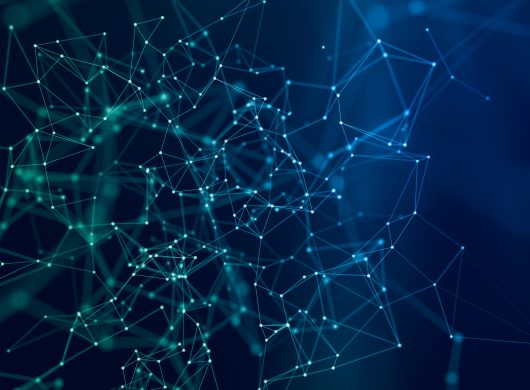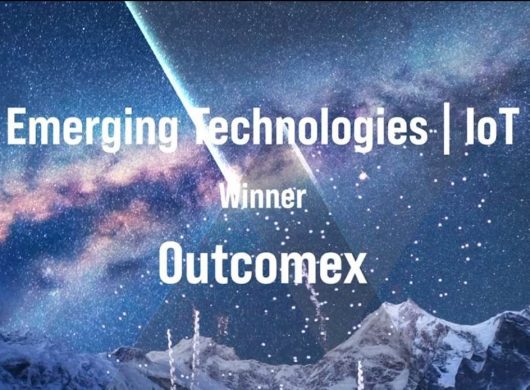Things to consider when moving to the edge
In this second video of our IoT series, Outcomex’s Michael van Zoggel, National Sales Director, discusses with Keith Pereira, Solution Architect at Cisco. They share how the two companies approach some of IoT main components like the network, the storage of the data created by the sensors and devices, as well as how to keep that data and these devices secure.
Here is the transcript of Outcomex’s Deep Dive Into IoT Security Foundation video above:
Michael van Zoggel, National Sales Director, Outcomex
As an integration and vendor community, we have always come to market telling our customers what they should do with our products and how they should be deployed, and what kind of capability they will gain.
This is a face-shift in terms of the way we come to market. The most effective engagements to date have been around not telling our customers what we can do, how we can do it, and putting in products to deploy, but moreover interacting with those customers and spending time to deeply understand what that customer does and how they work, such as; their processes, and their systems. From there we can create the linkage between those things, which then creates the outcome, and then we can work on that.
Keith Pereira, Solutions Architect, Cisco
The reality is that most networks today are already doing IoT. What we are finding is that organisations are collecting immense amounts of data, and storing it. What we are finding most relevant in the industry today, is that the real value of data, is acting on the data in near-real time, data in motion, and interacting with that data is far more valuable than storing data, unless of course you need a historical reference for later review.
The other thing to recognise is that not all data is actually information, and the goal here is to get more information to add to your existing database of information. So translating data into information is the key, and that is a process; and the goal here to find a way to execute that process as quickly and cost-effectively as possible.
What we are finding is that more and more organisations are moving to the edge of our computing, and process that data as close to the data source as possible, and the benefits there are; it reduces the amount of data you have to send to the cloud, it reduces the amount of storage you need in the cloud, and it potentially give you the option of acting on that data at the very edge, and resolving a problem or improving a process at the edge, without necessarily waiting for the cloud to operate.
So these improvements overall tend to reduce your costs in management, reduce your costs in storage, reduce your costs in network transport, and ultimately- improve operational efficiency.
And again, in this industry, and Cisco being a connectivity player, we join the dots. Our role is to help customers optimise how they spend their dollars on network, and network business benefits, and one of the best ways we see of doing that is to help customers minimize wastage across the network. So the more we can do within the network to eliminate unnecessary transmission and storage costs, you are better off without it.
Michael van Zoggel, National Sales Director, Outcomex
Absolutely.
You are looking at upgrading, or re-architecting, or refreshing network cases and so forth, try and take a seven year position. That generally means let’s look as high capacity with as much control, with as much software overlay in terms of tool sets and so forth, and management features as we can, a lot of standardisation, and really trying to think out in a more cohesive and strategic view what that thing is going to deliver, how those roads are going to be utilised in the future. If we can do that, we are going to be better prepared to digest this data.
Public Disclaimer: Outcomex has adapted the transcript to facilitate its reading.



